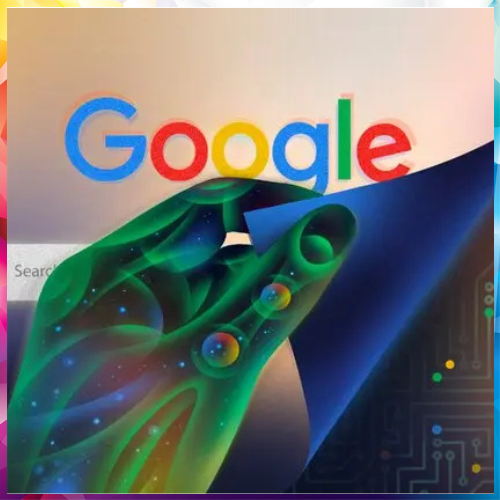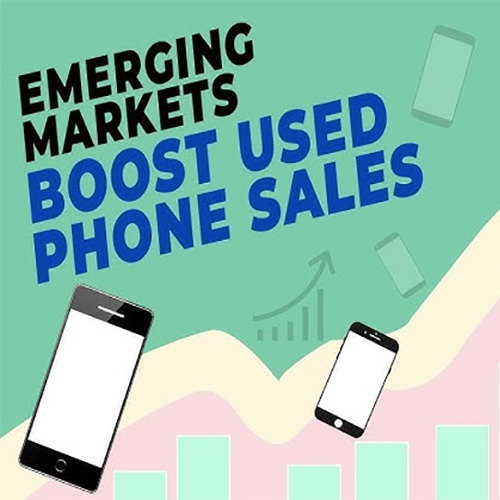According to the Kaspersky Consumer Security Risks survey carried out by B2B International with Kaspersky Lab in summer 2013 approximately 30% of the users have received bogus emails claiming to come from banks. The fraudsters often use fake notifications from banks in order to trick users into handing over account credentials and giving away access to their money.
Various services for online transactions (e-banking, e-payment systems and online stores) are now an intrinsic part of modern life for many users. The B2B international survey shows that 95% of the respondents have been doing online shopping, 91% have used the services of online banking and 74% have used e-payment systems. This trend would never escape the fraudsters’ attention.
According to the survey, 30% of the users have received emails allegedly coming from a bank which turned out to be bogus forgeries. 22% of the respondents reported suspicious messages supposedly sent on behalf of an online store. Every tenth user (10% of those surveyed) had been automatically redirected at least once to a suspicious site asking them to enter their credit card credentials. Nearly 6% of the respondents stated that they have entered financial information on dubious sites. These are all examples of the activity of cybercriminals engaged in phishing, one of many types of malicious attacks targeting important confidential financial data: credit card numbers, logins and passwords to online banking accounts, etc.
See What’s Next in Tech With the Fast Forward Newsletter
Tweets From @varindiamag
Nothing to see here - yet
When they Tweet, their Tweets will show up here.





























